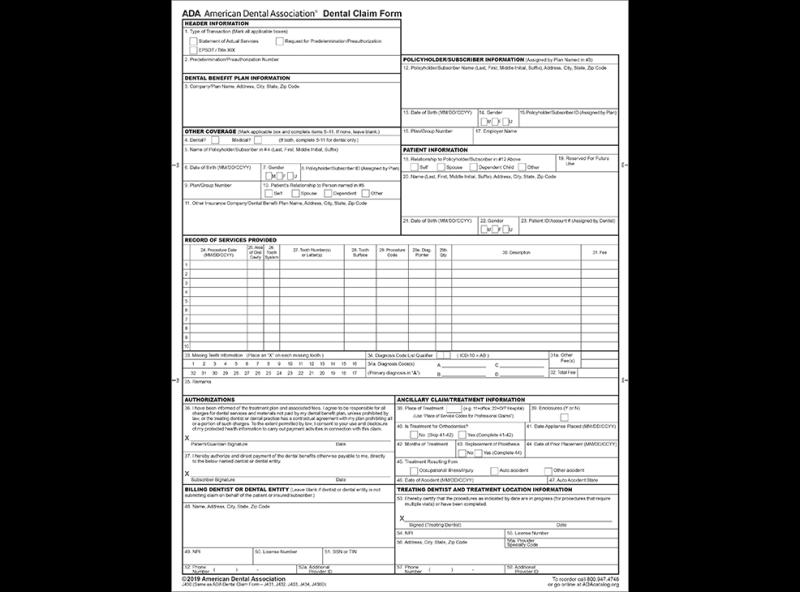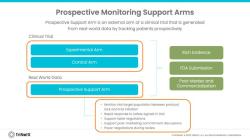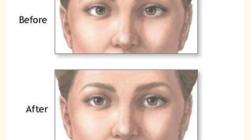When was the American Dental Association Dental Claim Form created?
The American Dental Association (ADA) Dental Claim Form, also known as the ADA claim form or ADA 2012 form, was created by the ADA and was first introduced in 2012. This standardized dental claim form was developed to streamline and standardize the process of submitting dental insurance claims. It helps dental providers, insurance companies, and patients by providing a consistent format for documenting and processing dental services and insurance claims.
The ADA Dental Claim Form is designed to capture essential information related to dental procedures, including procedure codes, tooth numbers, diagnostic information, and other relevant details. By using a standardized form, it simplifies the claims submission process and reduces potential errors or discrepancies in claim processing.
The primary purpose of the ADA Dental Claim Form is to facilitate the efficient exchange of information between dental providers and dental insurance companies. It helps ensure that claims are accurately documented and processed, which benefits both dental professionals and patients seeking reimbursement for dental services.
Since its introduction in 2012, the ADA Dental Claim Form has become widely adopted within the dental industry and has contributed to greater consistency and efficiency in dental claims processing. It has undergone updates and revisions to accommodate changes in dental coding and other industry standards. Dentists and dental office staff typically use this form to submit claims to dental insurance carriers on behalf of their patients.
The Creation of the American Dental Association Dental Claim Form
The American Dental Association (ADA) Dental Claim Form, also known as the ADA claim form, is a standardized document used by dentists to submit claims to insurance companies for reimbursement of dental services. The form's development and evolution reflect the changing landscape of dental care, insurance coverage, and administrative processes.
Historical Development of the ADA Dental Claim Form
In the early days of dentistry, there was no standardized form for submitting dental claims. This often led to confusion and delays in payment. In the 1940s, the ADA began working on developing a standardized form to streamline the claims process. The first version of the ADA claim form was introduced in 1950.
The form has been revised and updated numerous times over the years to reflect changes in dental procedures, insurance coverage, and administrative requirements. The current version of the form, the ADA Dental Claim Form (2024 Edition), was released in January 2024.
Evolution of Dental Claim Forms and the ADA's Contribution
The ADA's contribution to the standardization of dental claim forms has had a significant impact on the dental industry. The use of a standardized form has:
- Reduced administrative costs for dentists and insurance companies
- Improved the accuracy of claims processing
- Reduced the time it takes for dentists to get paid for their services
- Made it easier for patients to track their claims and understand their benefits
The ADA continues to work on improving the ADA Dental Claim Form to make it even more efficient and user-friendly. The organization also provides resources and support to dentists and dental staff on how to use the form correctly.
Conclusion
The ADA Dental Claim Form is an essential tool for dentists and insurance companies. The ADA's dedication to maintaining and updating the form has helped to streamline the claims process and improve the quality of care for dental patients.













